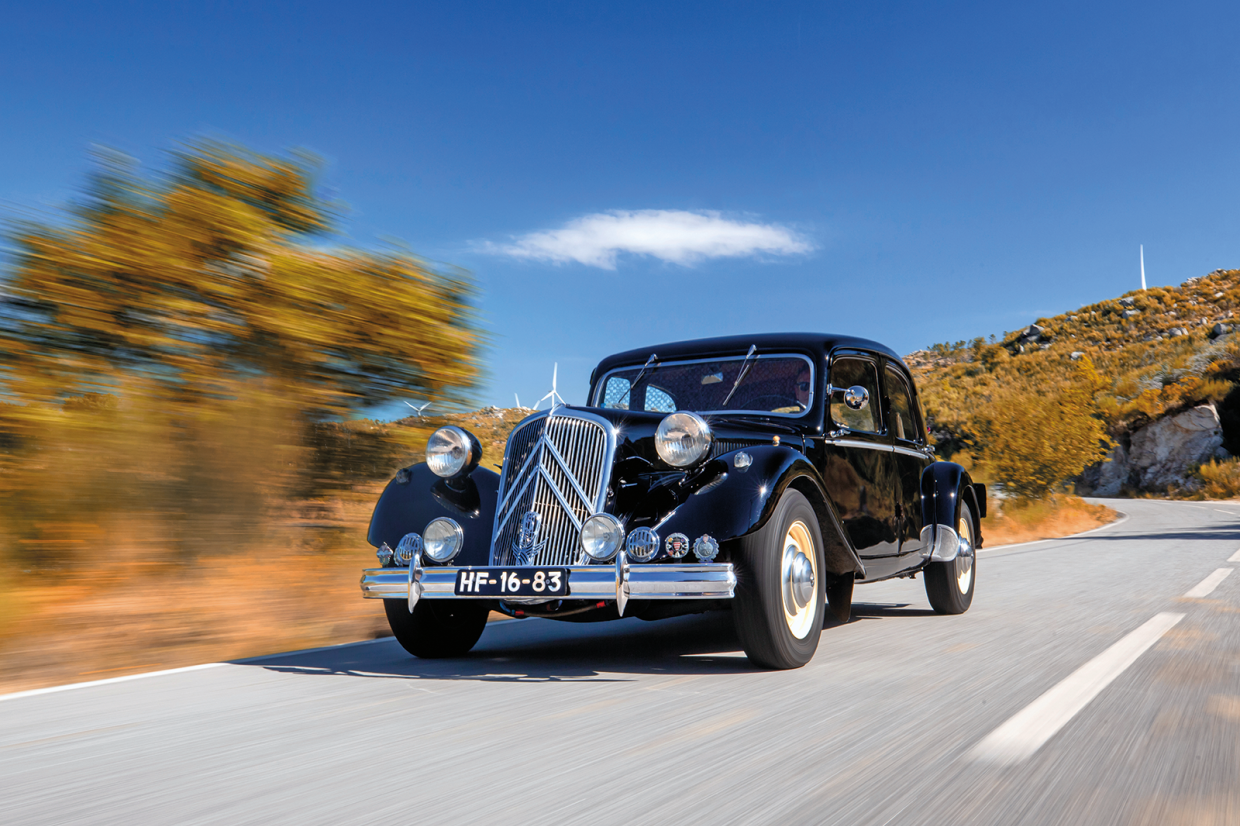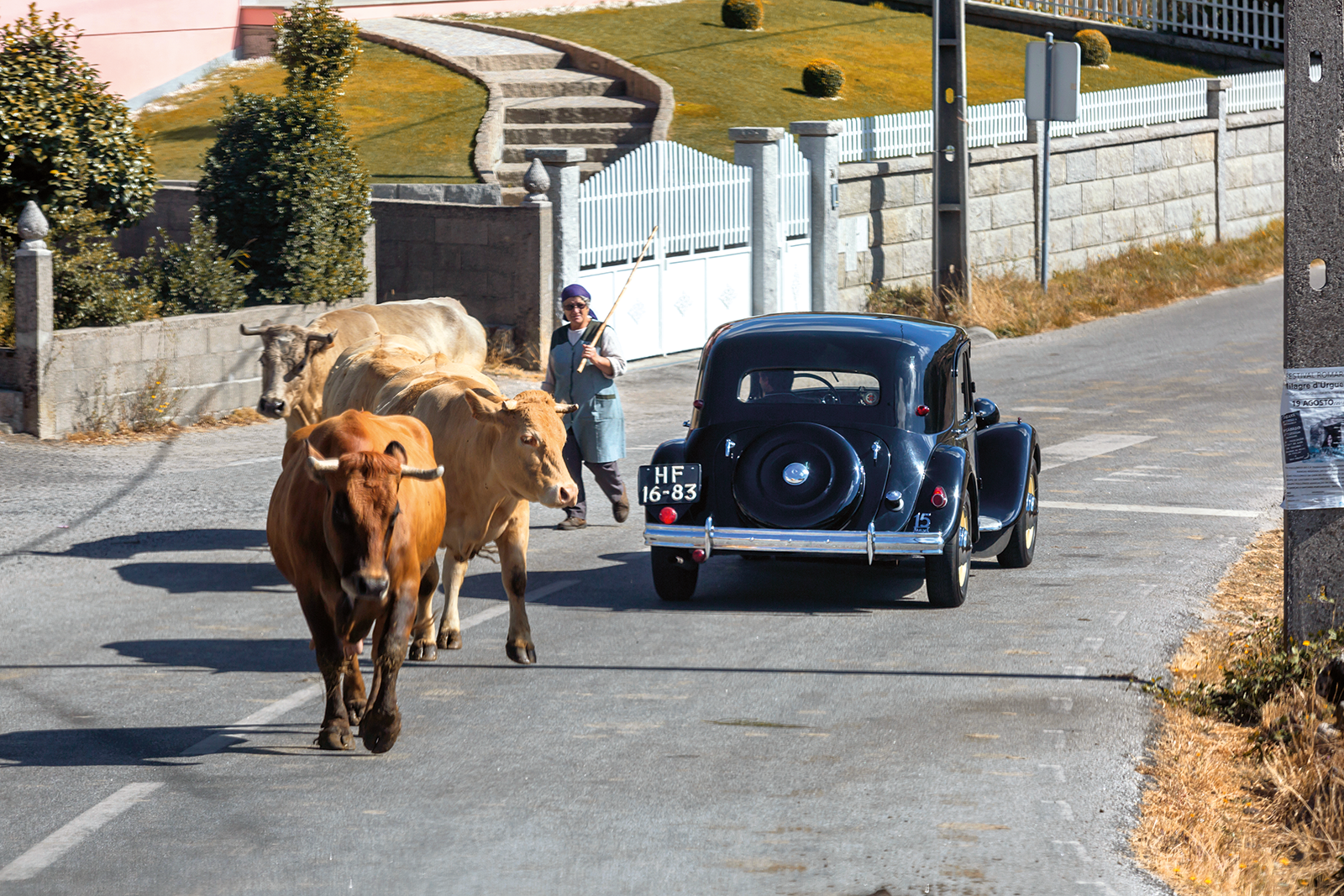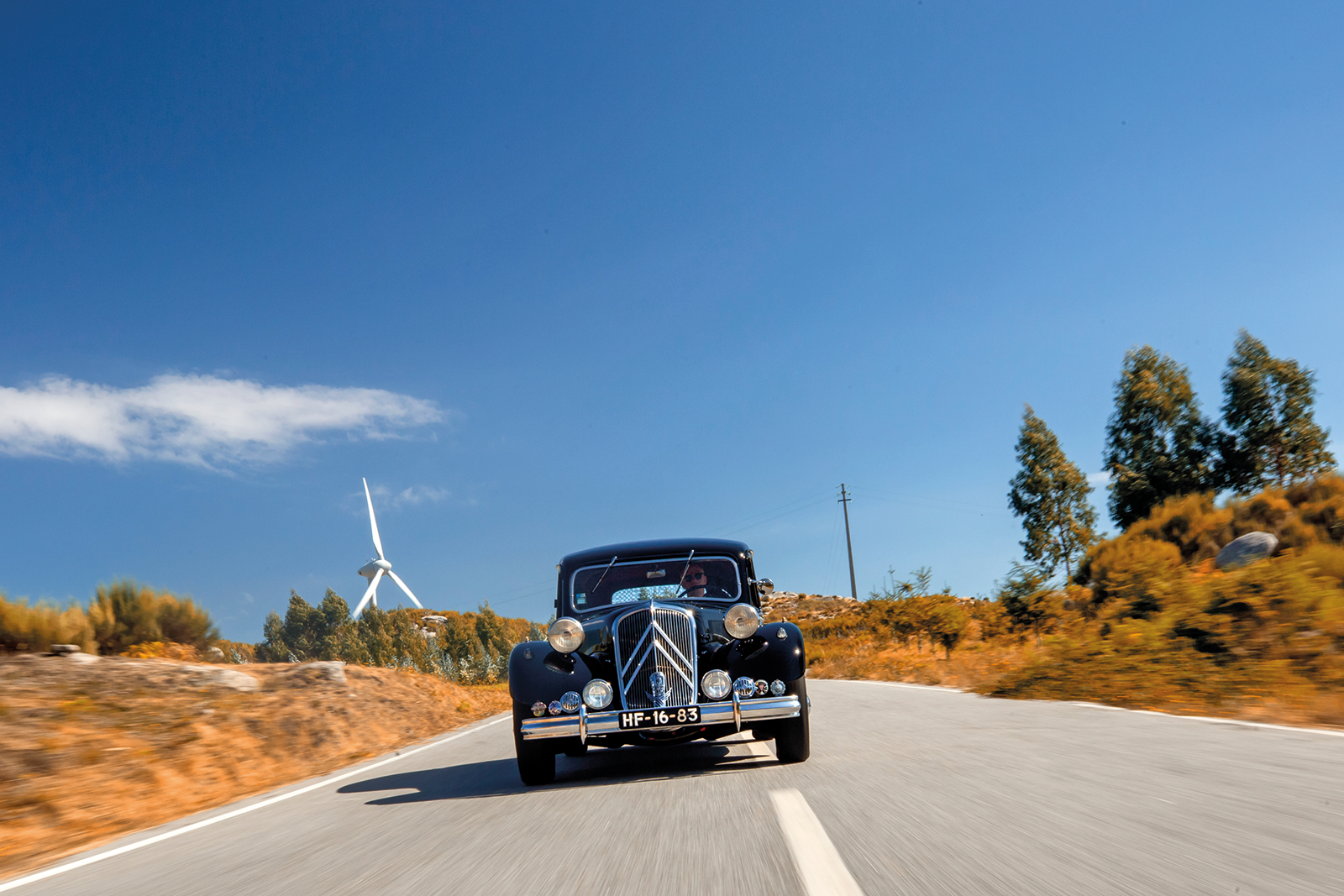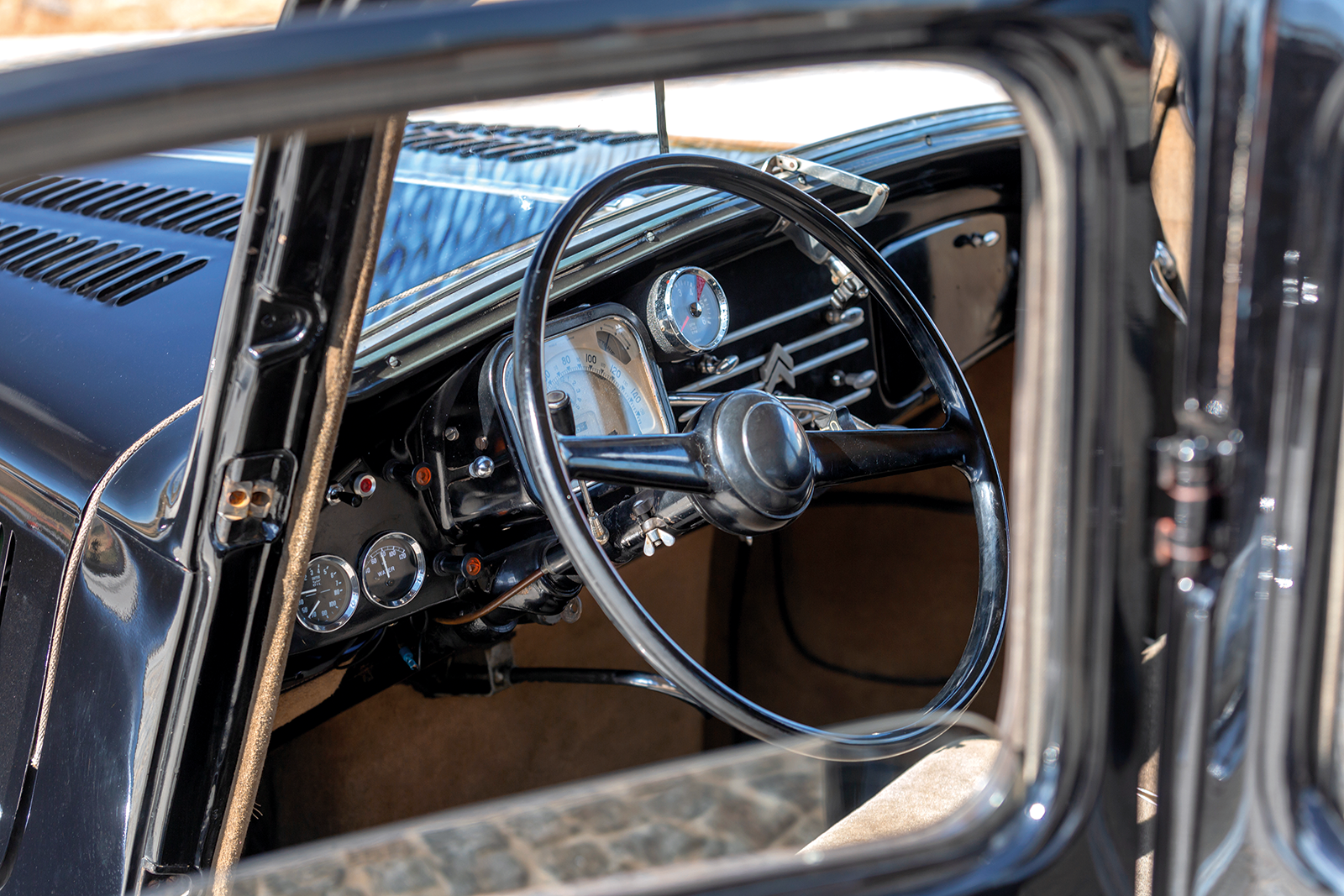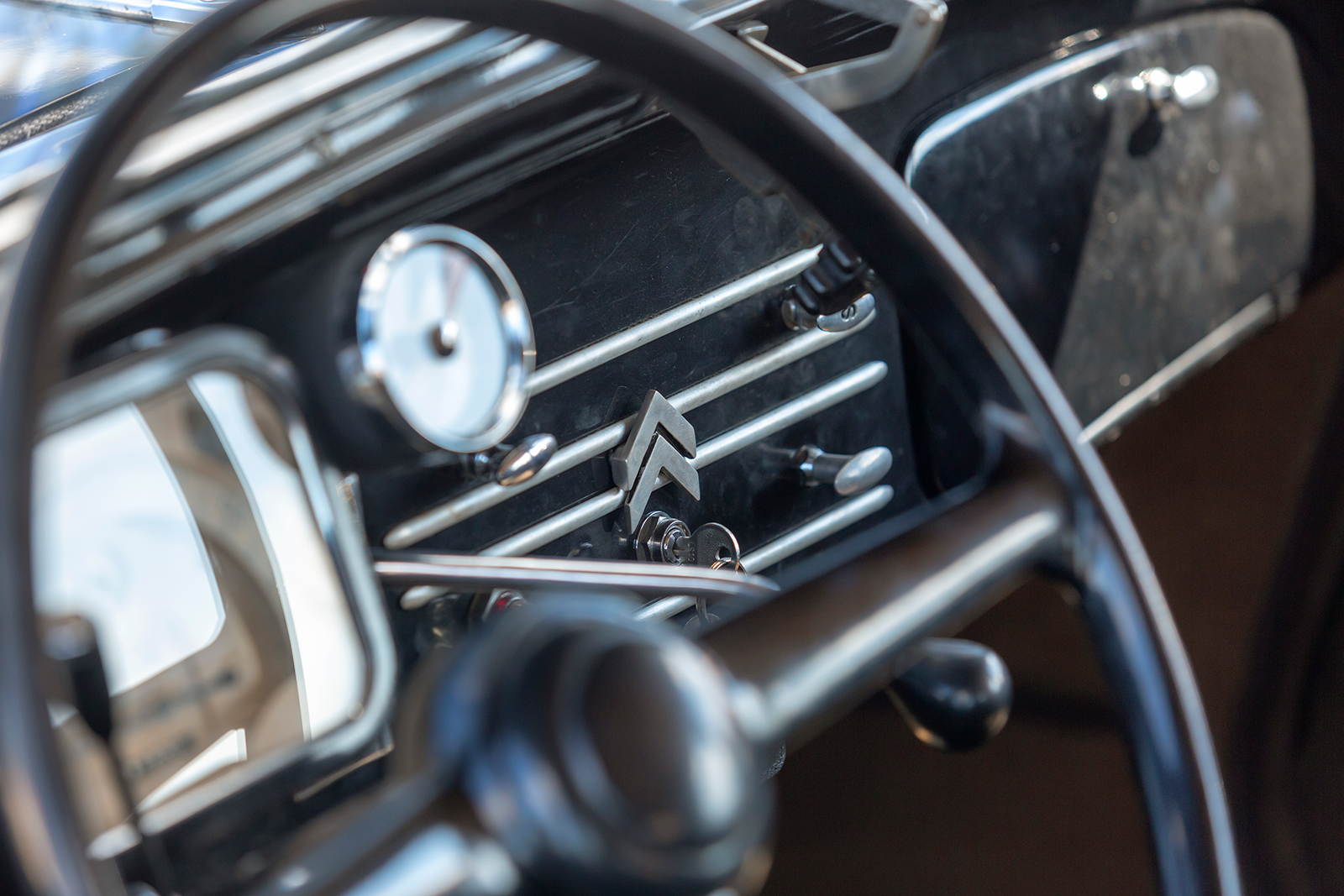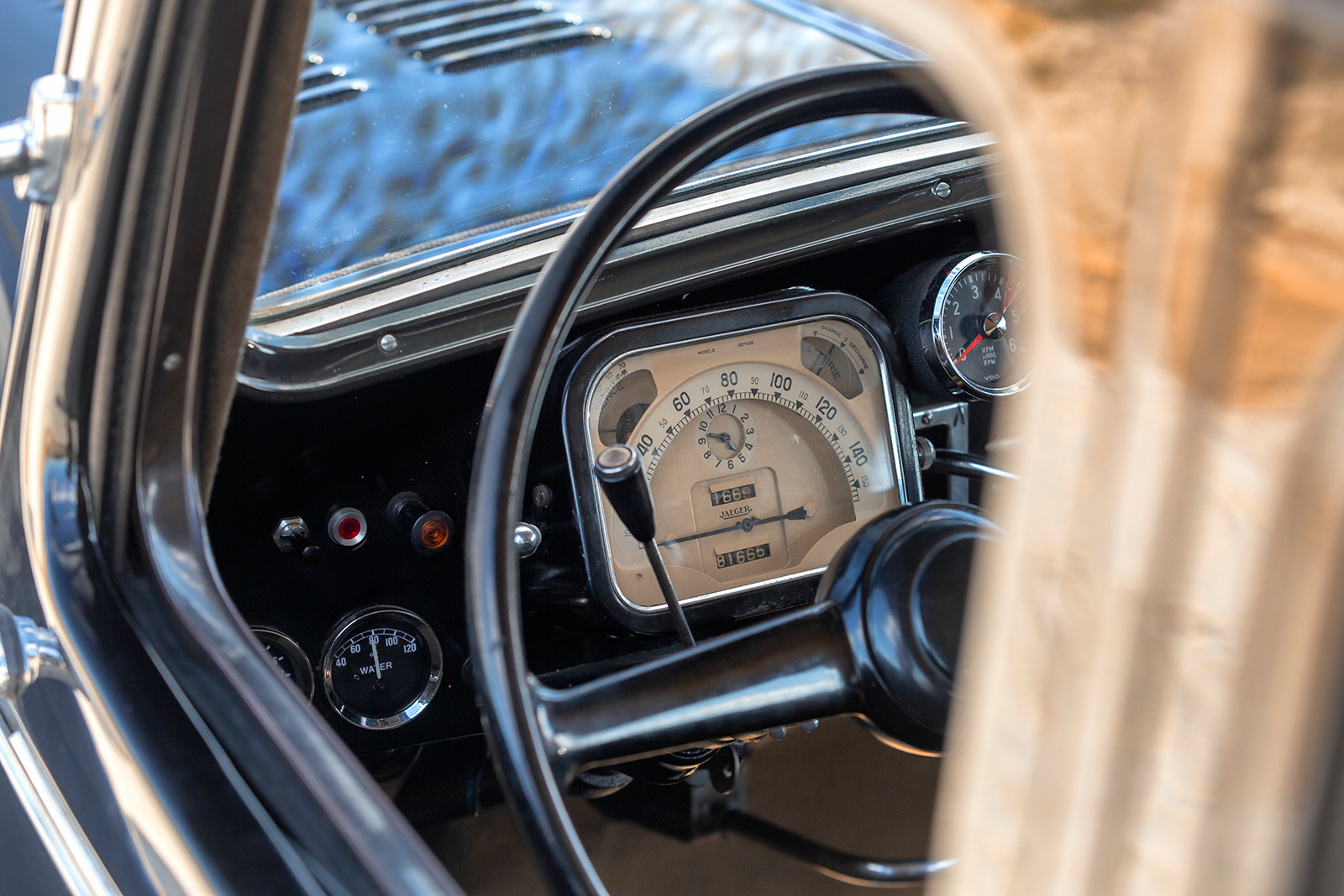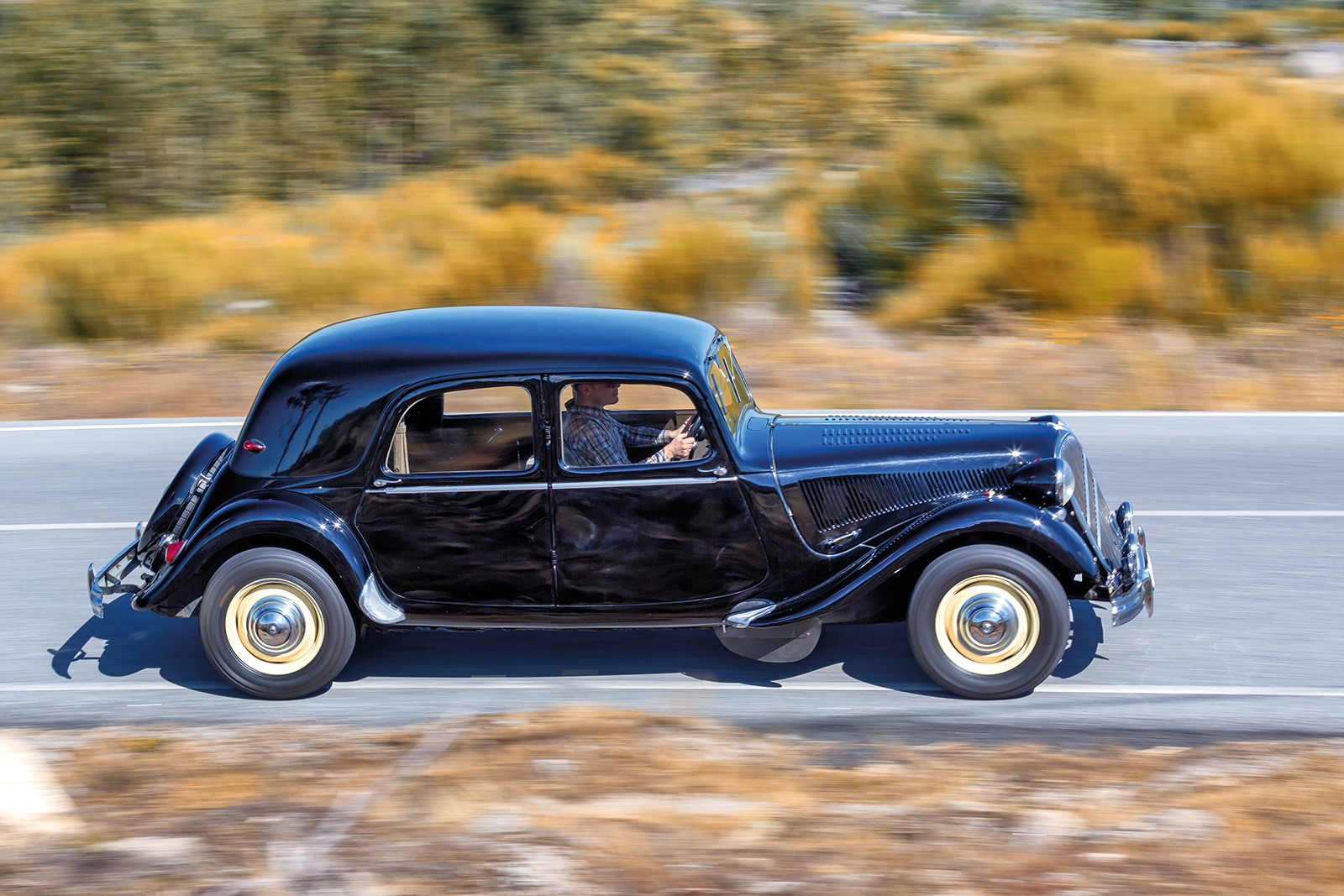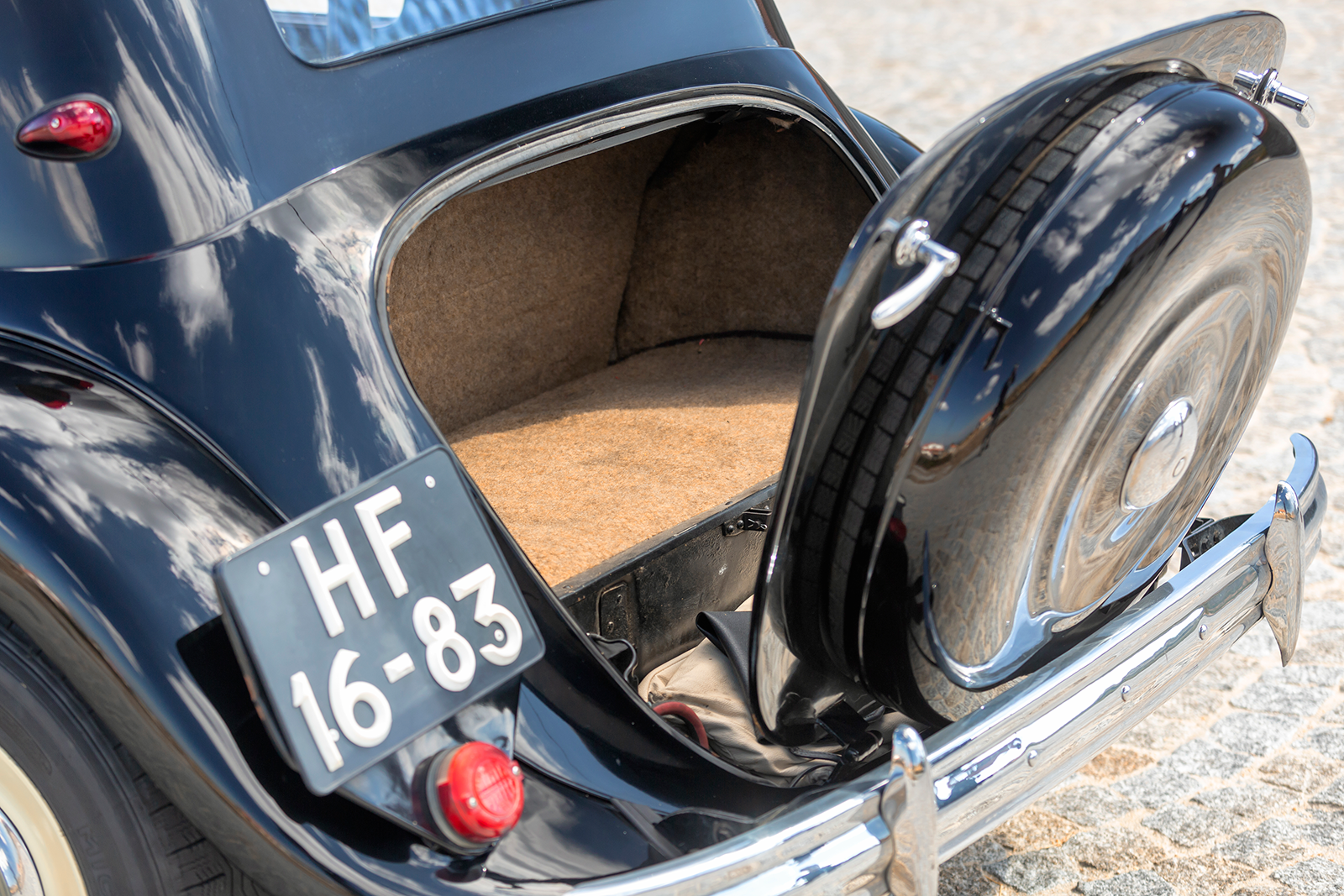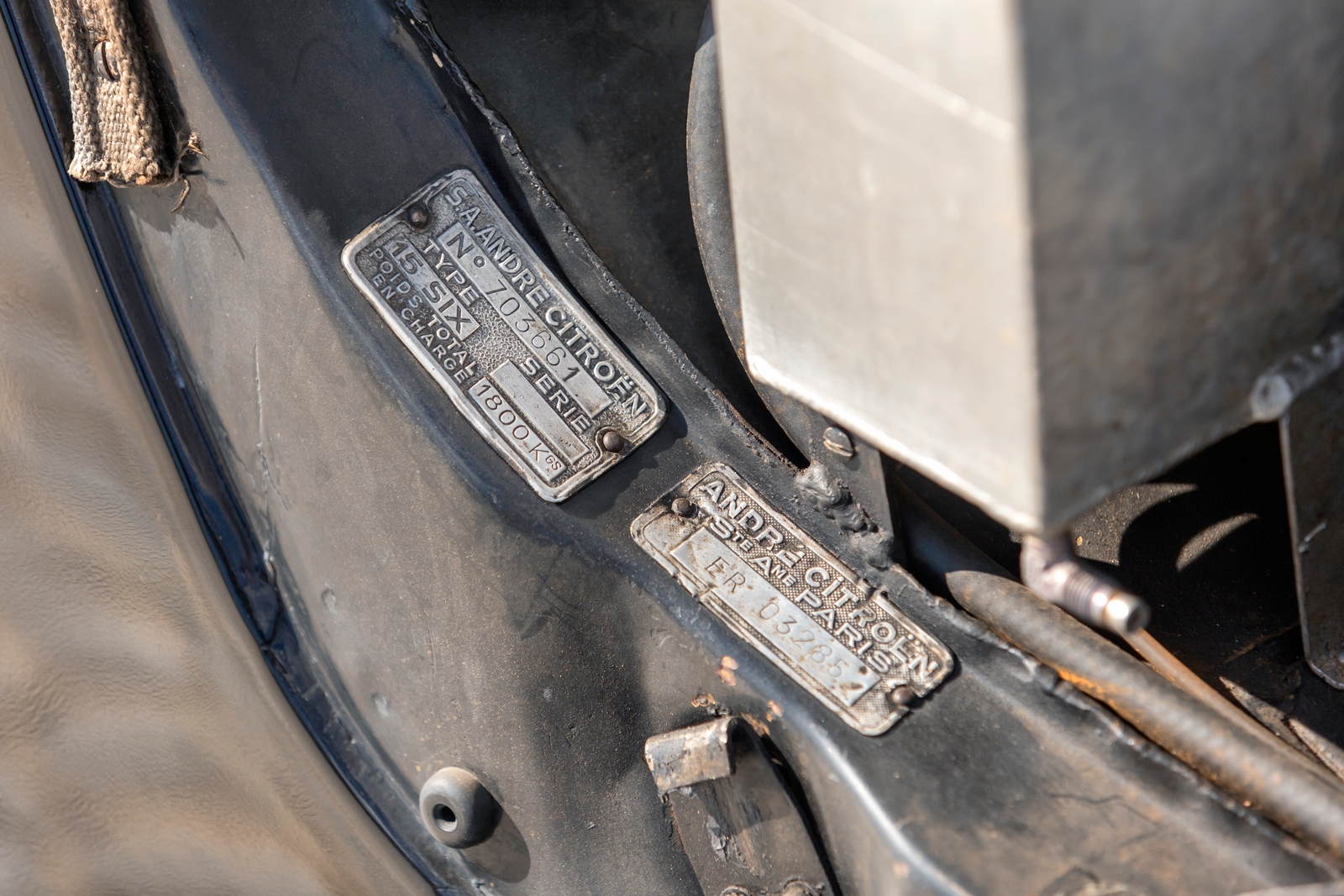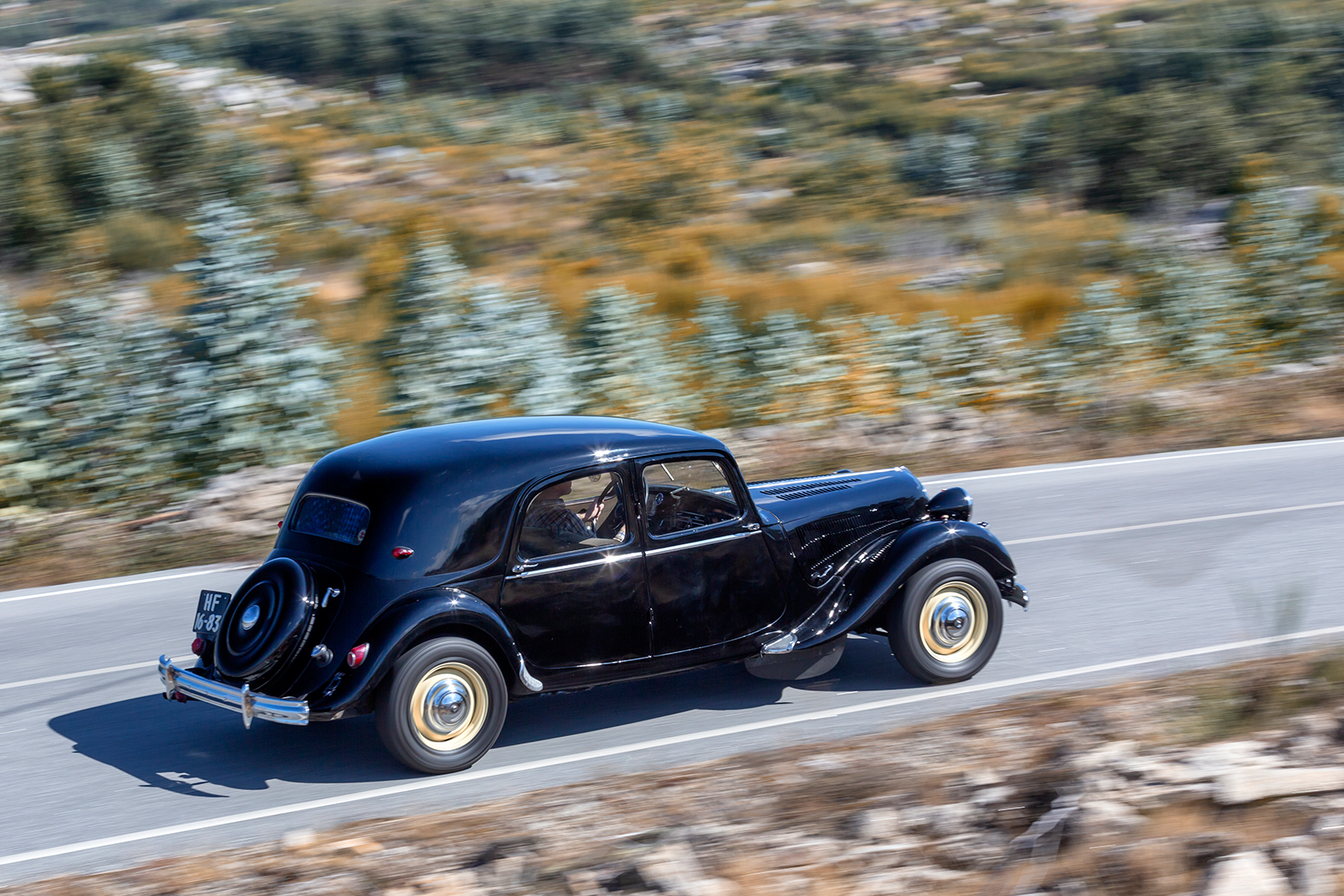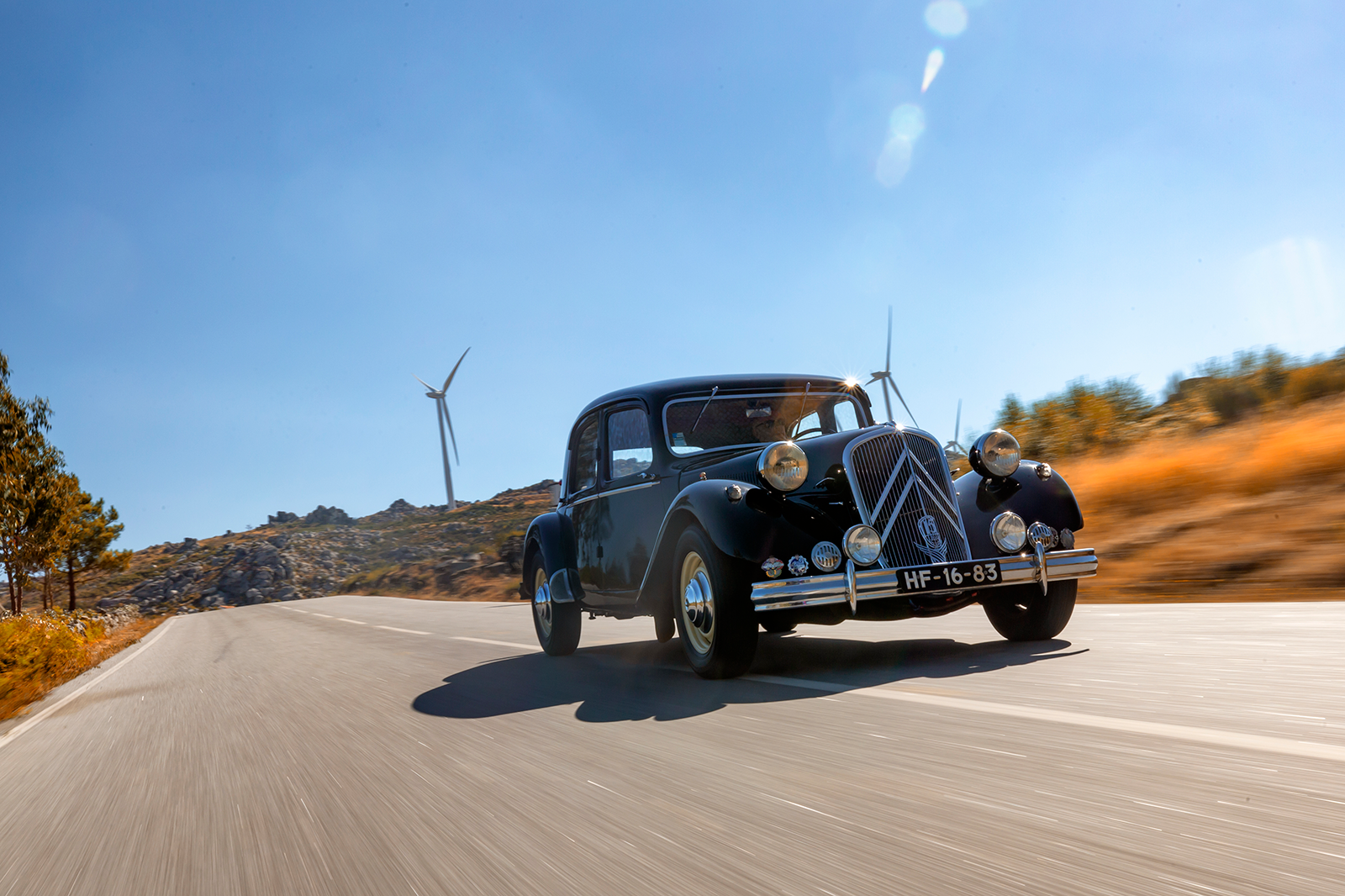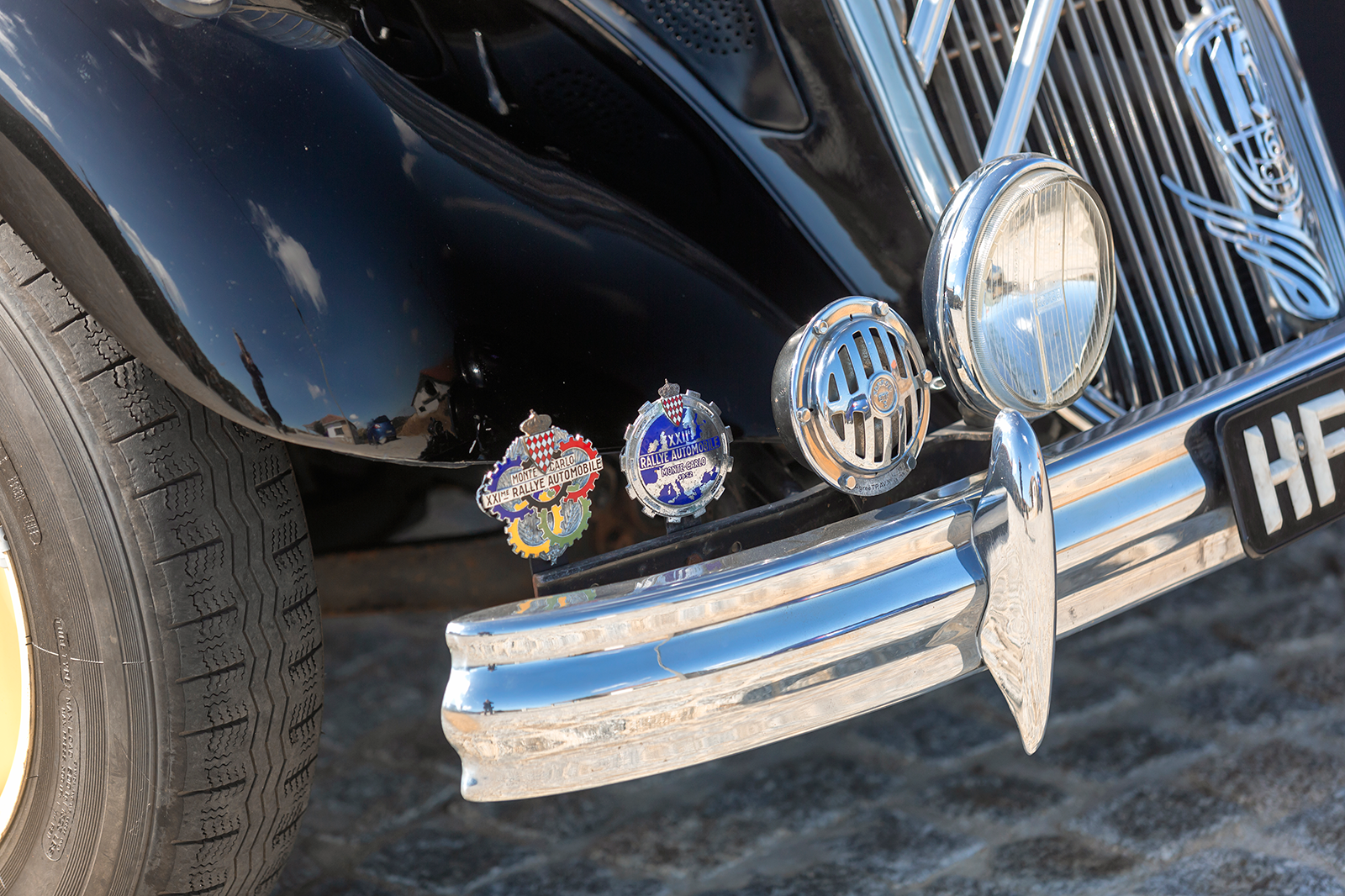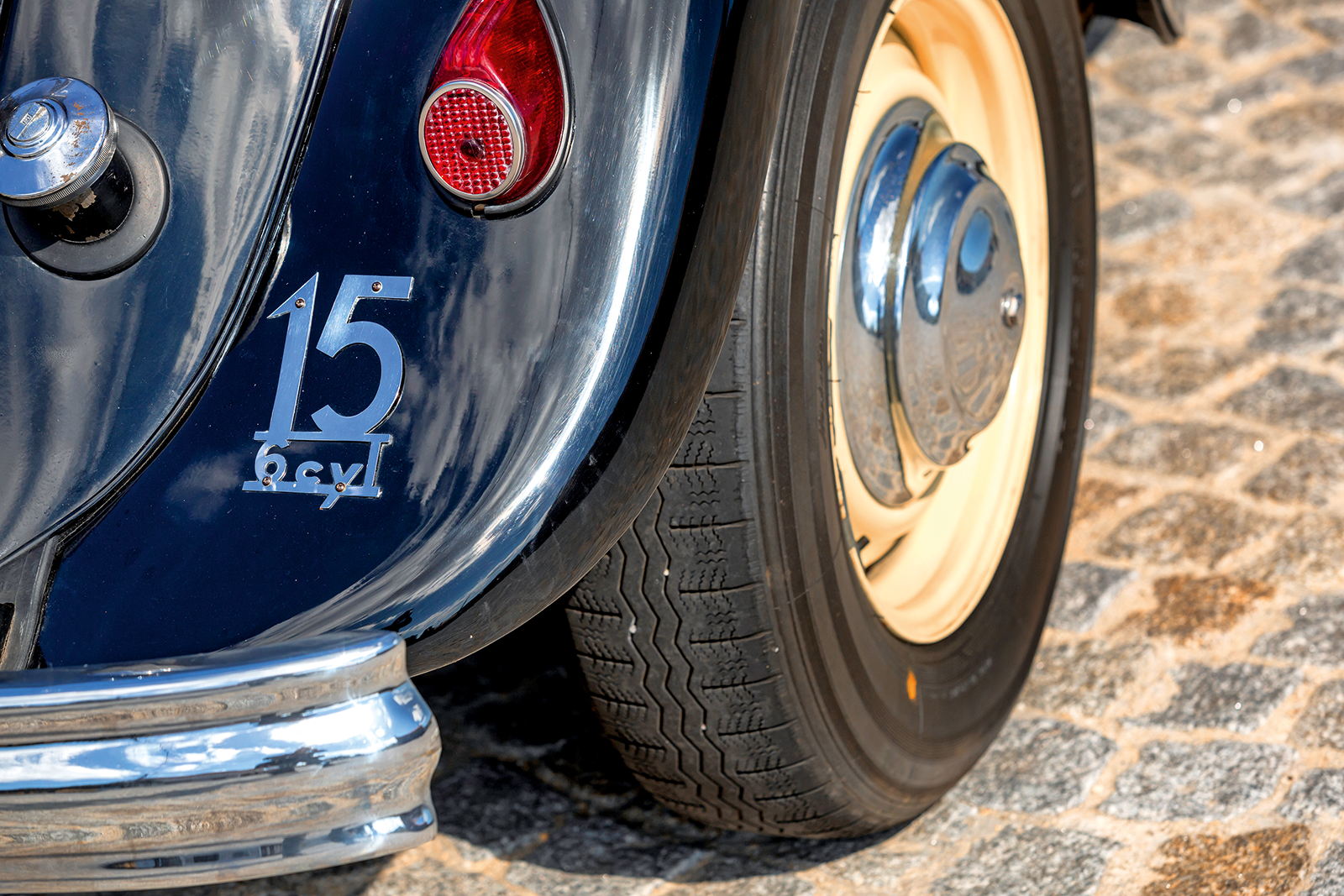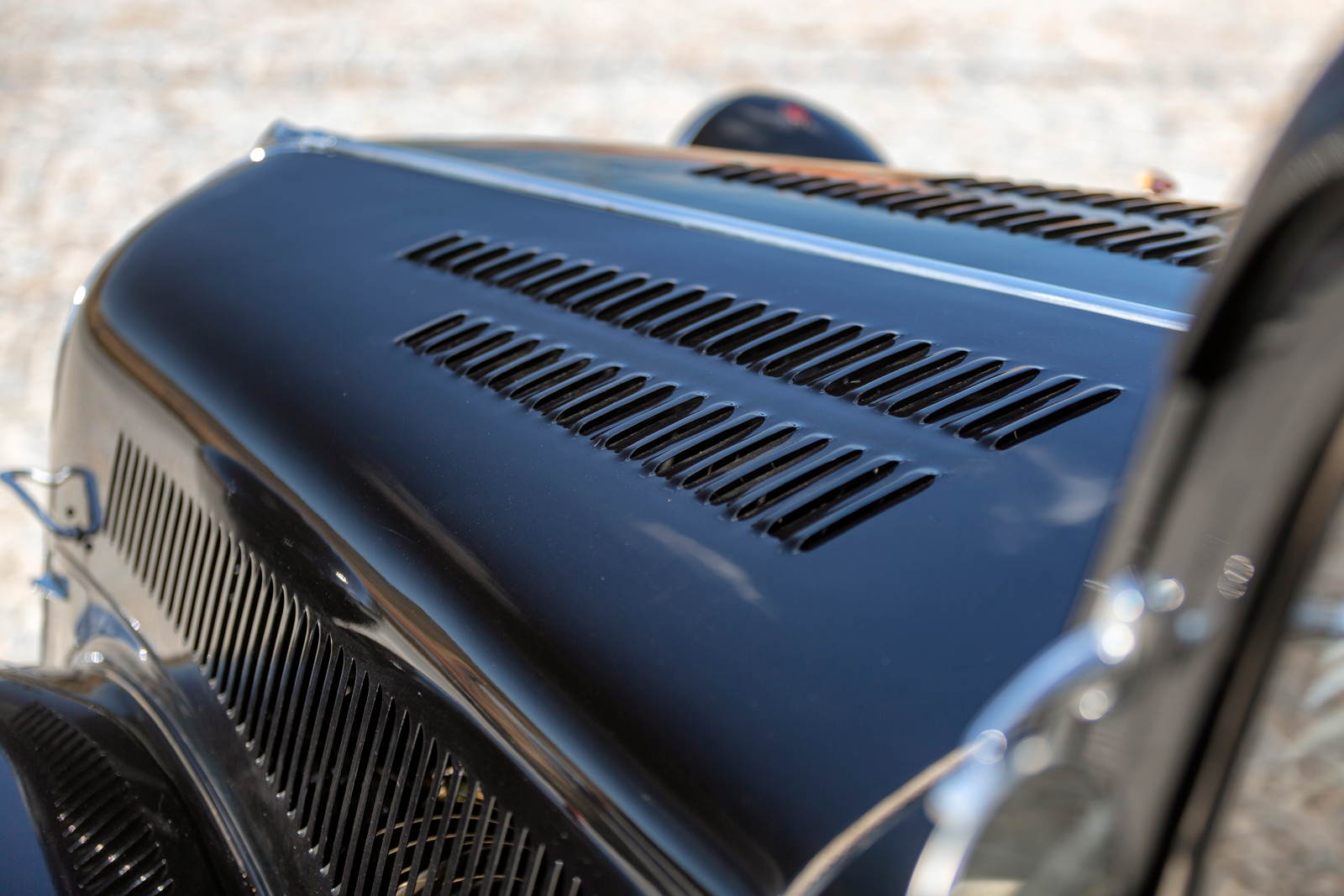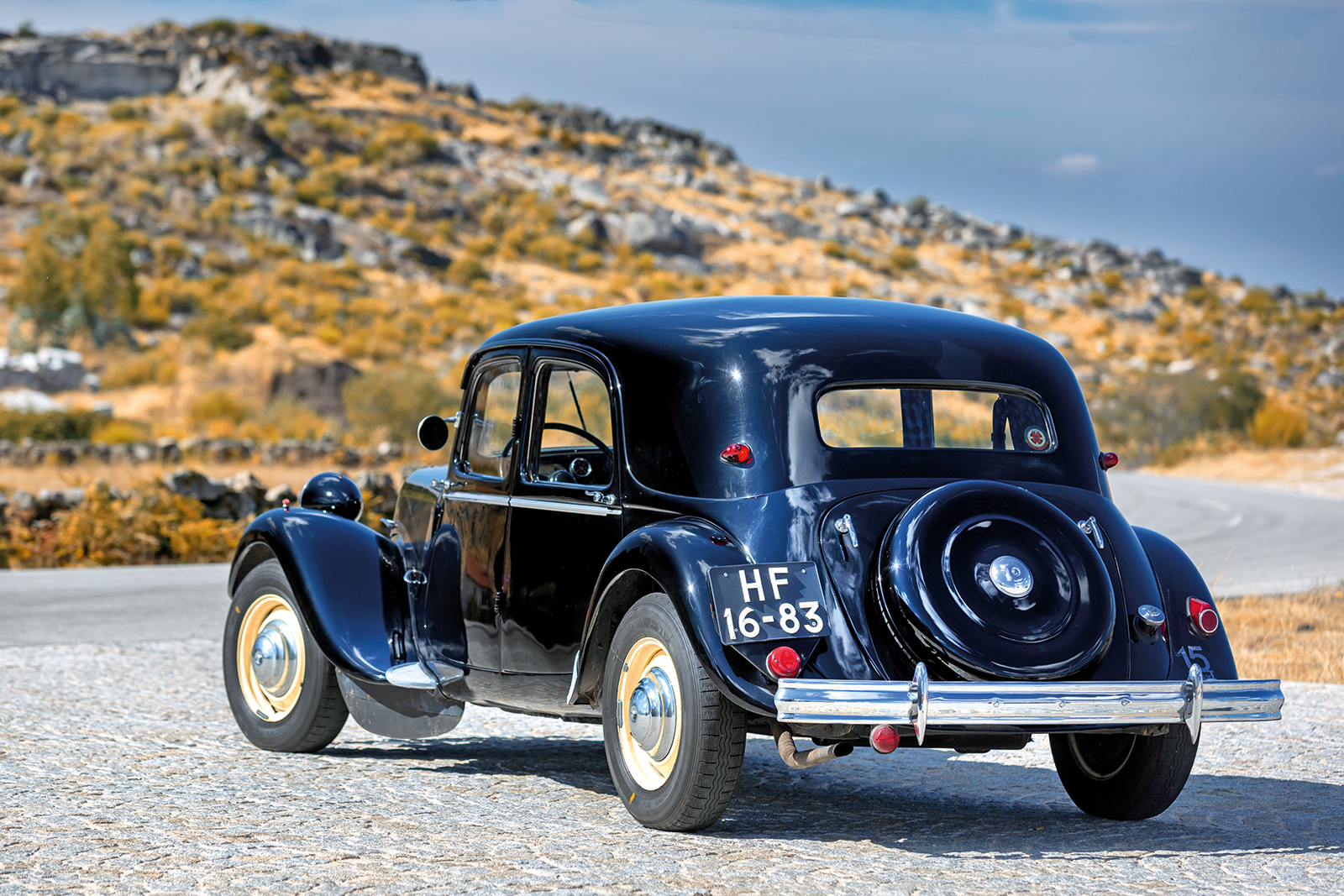“You have to know that he collected many cars and motorcycles but he would never alter them, they were always kept in original condition or restored to how they were originally, so this was something unusual for him.”
“A car was located in France in the late ’90s, then restored and modified accordingly,” he continues. “The engine was stripped and rebuilt using Porsche valves. The oil pump is also a Porsche item.
“The crankshaft was balanced, and a pair of Weber carburettors was installed along with things such as electronic ignition, an electric fan and an oil can to retain the oil from the engine breather.
“Because the transmission was always the Achilles’ heel of the car, two Audi halfshafts were also fitted.”
This is a thumbnail sketch of the work that was involved, not least because not even Gouveia and his cousins who maintain the car are aware of all the changes that were made.
That said, it has been tweaked a little subsequently.
“Some time after he took delivery of the 15-Six, my grandfather and Philippe decided to do the Tour du Maroc,” Gouveia adds.
“There was an issue with overheating, so louvres were cut into the bonnet. The louvres are the only outward difference people spot between it and a standard Traction Avant.
“There were problems with the brakes, too, which took a beating so discs were installed. It’s a Maserati set-up.”
Portuguese motorsport historian and author Adelino Dinis recalls: “I remember João talking about bombing down from France to Spain and then to Caramulo at 170kph [106mph] or more in his souped-up Citroën.
“He was still a fearsome personality even into his 70s – a remarkable guy who drove flat-out everywhere. He used to impress visitors to the region with a drive up and down the mountain.”
João de Lacerda died in 2003, but his grandchildren and other family members still enjoy this ‘tribute car’.
“We participate in a number of rallies in Portugal and have a lot of fun overtaking cars that are 20 or more years younger, which leaves their drivers baffled,” Gouveia chuckles.
“We normally let everyone in on the secret on the final day of an event. We wouldn’t want them to go home still scratching their heads…”
Images: Manuel Portugal
Thanks to Museu do Caramulo, Portugal
READ MORE
Lancia Stratos: rallying’s best road star?
Citroën GS Pallas vs Vanden Plas 1.7: avant-garde for the masses
World’s fastest Citroën for sale
Richard Heseltine
Richard Heseltine is a long-time contributor to Classic & Sports Car
